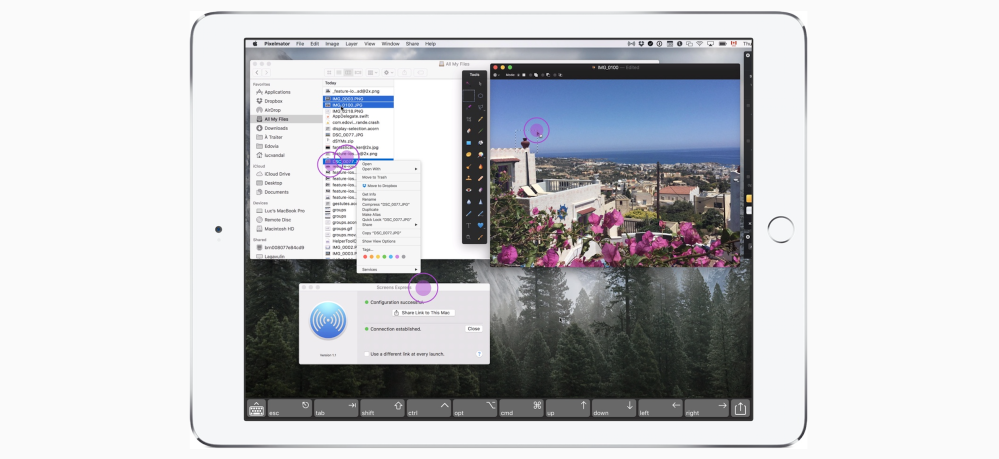Rinse And Repeat Mac OS
- Rinse And Repeat Mac Os X
- Rinse And Repeat Meaning
- Rinse And Repeat Mac Os Catalina
- Rinse And Repeat Download
Rinse and Repeat is a steamy first person showering game about giving a hunk a helping hand. By Robert Yang (@radiatoryang, www.debacle.us) Was he in your Tactical Zumba class, or was it Blood Pilates?
macOS Catalina is slightly outdated since the release of macOS Big Sur in November of 2020. Nevertheless, many users prefer to stick with it because it's much more familiar visually. And it offers a bunch of expanded features, such as a screen extension with an iPad or the new Apple Podcasts app.
The problem is that it might not always work as intended. Glitches in macOS Catalina are commonplace: in fact, all existing operating systems like Mojave or High Sierra could freeze and crash from time to time. No software is immune.

How To Reinstall Mac OS Catalina. It’s important to note that when you reinstall macOS Catalina the process simply updates the operating system and doesn’t affect any files on your hard drive or user files or even settings. That makes reinstalling principally different from performing a clean install, which erases everything. Whatever you are currently doing on your Mac, reach out to DEVONsphere in the menu bar to see related items on your computer or on the web. Chatmate for facebook 4 2 4. Explore further. Rinse and repeat. DEVONsphere keeps an eye on your files. DEVONsphere finds precisely the items you’re looking for on your Mac. If it’s there, you’ll know in no time. The OS X Terminal is a commonly used utility for troubleshooting OS X, because it allows you to run custom commands and scripts for looking up information and adjusting system settings. Make sure the search source is set to 'Computer.' Select all the results, and drag them into the Trash. Wash, rinse and repeat for Thumbs.db, Desktop.ini, and any other annoying Windows system.
But what do you do in this case? The surefire way to deal with jaded performance is to reinstall macOS Catalina altogether. Read through our guide below to learn how.
How To Reinstall Mac OS Catalina
It’s important to note that when you reinstall macOS Catalina the process simply updates the operating system and doesn’t affect any files on your hard drive or user files or even settings. That makes reinstalling principally different from performing a clean install, which erases everything.
Here are the proper steps to follow to reinstall mac OS Catalina.
1. Back up your Mac first
By default, the best thing you could do before making any significant changes to how your Mac works is to back it up. Backups are just like saves before encountering challenges in video games — represent the point you can always come back to.
There are lots of great backup solutions on the market to suit every need. If you don’t have the time to search for something specific, your Mac features a decent native option — Time Machine.
To get Time Machine started:
- Connect an external USB or WiFi hard drive to your Mac
- Go System Preferences ➙ Time Machine
- Click on Select Backup Disk…
- Press Use Disk
2. Delete junk off your Mac to speed it up
Who wants to be a millionaire free. There’s nothing better than the feeling of a brand new Mac with a brand new macOS. If only the latter is new, the experience could be subpar. Trying to get the most out of macOS Catalina on your older machine might be a challenge. But don’t hurry to your local Apple Store just yet — not all is lost.
Just like the dust behind your couch or on the top of your kitchen cupboards, small bits of system files, caches, and hidden libraries tend to aggregate over the years and never get deleted, eventually slowing down everyday processes. While it’s possible to clear out some of them manually, others require specific technical knowledge and lots of time.
Luckily, there’s a professional automatic solution available — CleanMyMac X. Optimizing behind-the-curtain processes on your Mac with CleanMyMac X is no more difficult than clicking a single button:
- Download a free version of CleanMyMac X.
- Open the app and navigate to System Junk in the left-side panel.
- Click Scan and wait for the process to complete.
- When done, press Review Details.
- Uncheck anything you’d like to keep and click Clean.
Now your Mac is free of all the pointless log files, user caches, language files, old updates, and more. Which directly translates into improved processing power, memory usage, and response time. At last, your Mac is ready to take full advantage of macOS Catalina.
3. Reinstall macOS Catalina in Recovery Mode
Rinse And Repeat Mac Os X
With your Mac in top shape, it’s time to get that macOS Catalina download link. Surprisingly, you won’t find it in Software Update or even App Store (where it used to be in macOS High Sierra).
The correct way to reinstall macOS Catalina is to use your Mac’s Recovery Mode:
- Restart your Mac and then hold down ⌘ + R to activate Recovery Mode.
- In the first window, select Reinstall macOS ➙ Continue.
- Agree to the Terms & Conditions.
- Select the hard drive you’d like to reinstall mac OS Catalina to and click Install.
Automatically update all your software for Catalina
The reinstallation process will start shortly and roughly take 30 minutes. When complete, your Mac will start up as usual. No files should be lost, but it’s always a good idea to check CleanMyMac X’s Applications Updater to see if you can improve compatibility of the new macOS with any of your existing apps:
- Launch CleanMyMac X.
- In the left-side panel, navigate to Updater.
- View any available updates and their notes and click on Update.
This Updater tool in CleanMyMac X automatically searches for latest available versions of ALL your apps. One or two clicks and everything feels fresh. It even updates the macOS file itself.
Trust in your backup
Rinse And Repeat Meaning

Finally, in case you notice any files or apps missing, or settings misconfigured, you could open up Time Machine to restore a specific folder or the whole backup from the step one:
Rinse And Repeat Mac Os Catalina
- Launch Time Machine from Applications.
- Simply scroll all backup versions to find the file you’re looking for.
- Click Restore.
Rinse And Repeat Download
If you decide to restore the whole backup, make sure to then repeat the whole process to optimize your Mac and reinstall macOS Catalina as detailed above. The good thing is that more often than not the reinstallation works wonders right from the first time.